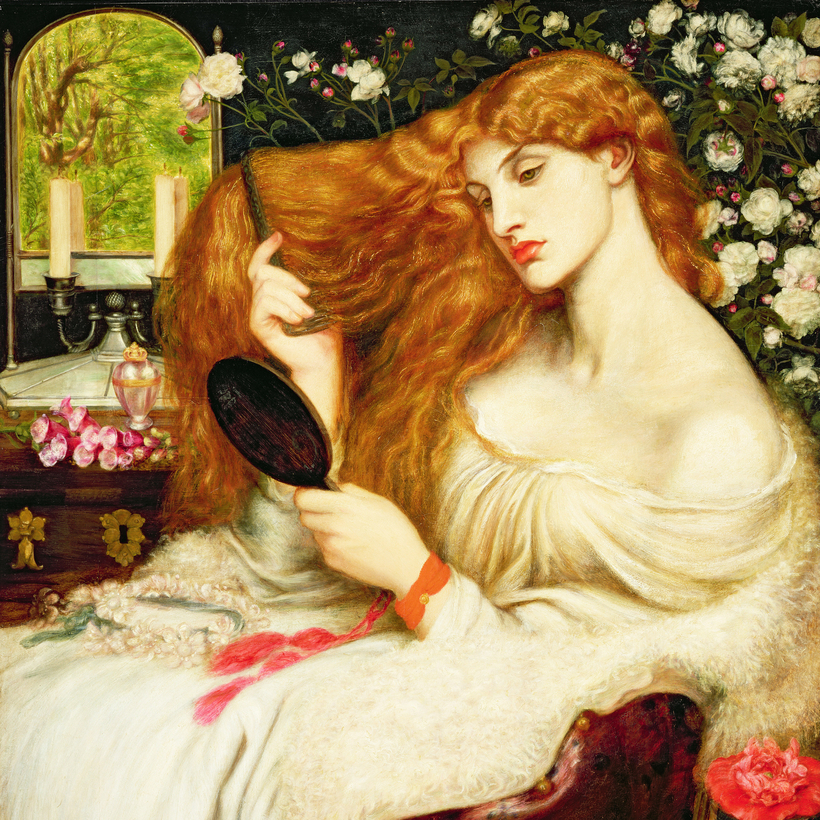If anyone’s heard of Mrs. Frank Leslie today, it’s not much. She’s been put to pasture and long forgotten. But she was a Gilded Age banner name, the “Empress of Journalism,” who ran the largest publishing company in America for 20 years on male turf and made a fortune.
Miriam Leslie (née Miriam Florence Follin) was a cunning businesswoman, a media giant, and a shrewd operator—a field marshal disguised as the ideal “true woman.” A revered national icon, she dictated fashion and good form, wrote six books, and hosted a celebrated salon for the culturati.

She cut a stately figure. She might have walked out of Blenheim Palace—a grand dame with a Roman-coin face, power curves, and a regal Worth wardrobe. The press doted on her. She was the perfect model of the Victorian lady, the “idol” of her generation.
Pry up the lid of this perfect public persona, though, and things get interesting. A mistress of disguise and self-invention, Miriam lived a carefully concealed double life in the sexual shadowlands of the Gilded Age.
Contrary to myth, the ultra-prudish 19th century was a heyday of rampant sexuality and license. Manhattan, or “the City of Eros,” as author Timothy J. Gilfoyle called it, harbored 500 brothels (complete with The Gentleman’s Directory, a small black book for would-be clients), and 5 to 10 percent of the female population worked in the trade.

Miriam Leslie was one of them. At 17, she was operating as “Minnie” and attending public balls, where she was “well up in the market.” She soon boosted her value when Lola Montez, the world’s most notorious courtesan, cast her as her “sister” in an East Coast theatrical tour, tutoring her in advanced seduction—the cosmetic arts and bravura moves of erotic fascination.
Before long—after a brief, annulled marriage to a jewelry clerk—Minnie landed a Tennessee congressman, who installed her as his mistress and bought her a town house on Seventh Street, in Manhattan.
From there it was an easy walk to the popular trysting ground of Castle Garden, which led to a liaison with the archaeologist and scholar E. G. Squier and a respectable marriage.
But old habits die hard. As soon as the press lord Frank Leslie hired Squier for his newspaper, Frank left his wife and moved in with the Squiers. For more than 10 years the threesome lived in a heated ménage à trois with Frank and Miriam sharing adjacent bedrooms and stolen weekends.

An eventual divorce from Squier and marriage to Frank Leslie in 1874 didn’t curtail Miriam from “free lusting.” Less than a year after the wedding, she was in the thick of an affair with the “Byron of the Rockies,” the poet Joaquin Miller, which continued off and on for 30 years.
Nor was he the last. When Frank died, in 1880, and Miriam captained the nation’s most powerful media empire full-time, she engaged in escapades that would have driven her genteel readers to smelling salts.
In the next decade there were two fiancés (the poet Marquis de Leuville and a Russian prince); a fourth husband, William “Willie” Wilde (Oscar’s brother); and a string of lovers, from Joseph Pulitzer’s brother, Albert, to an Armenian “prince”—Ambrose Calfa, the self-ordained Prince Royal of Cyprus, Armenia, and Jerusalem—and a Louisiana “pretty boy” (actor Albert Hope).
Even past 60, Miriam continued to have affairs and nearly married for the fifth time, to a Spanish aristocrat, Teodoro Martel y Fernández de Córdova, a gentleman-in-waiting to the king.

Did anyone guess? Gossips whispered, and twice the tabloids ran exposés. But Miriam drew herself up, denied everything, and took the high ground. To the admiring public, she continued to be the “true representative woman” of the age.
Few guessed what else she represented—the teeming, bacchanalian subculture that flourished in the heart of Mrs. Grundy’s America. This was a back door to the Victorian American house, and more often than anyone realized, the “angel in the house” slipped out into the twilight of the sexual underworld. Miriam had a name for this woman—Lilith, Adam’s first wife, who fled chaste Eden for a free-love “paradise of her own with revolving mates and seditious offspring.”
“I am afraid I am Lilith,” Miriam once confessed, “and a match for Satan.” But she was too well packaged and pedestaled for anyone to believe her.

Betsy Prioleau is the author of several books, including Seductress: Women Who Ravished the World and Their Lost Art of Love and Swoon: Great Seducers and Why Women Love Them. Her latest, Diamonds and Deadlines: A Tale of Greed, Deceit, and a Female Tycoon in the Gilded Age, will publish on March 29 from Abrams

